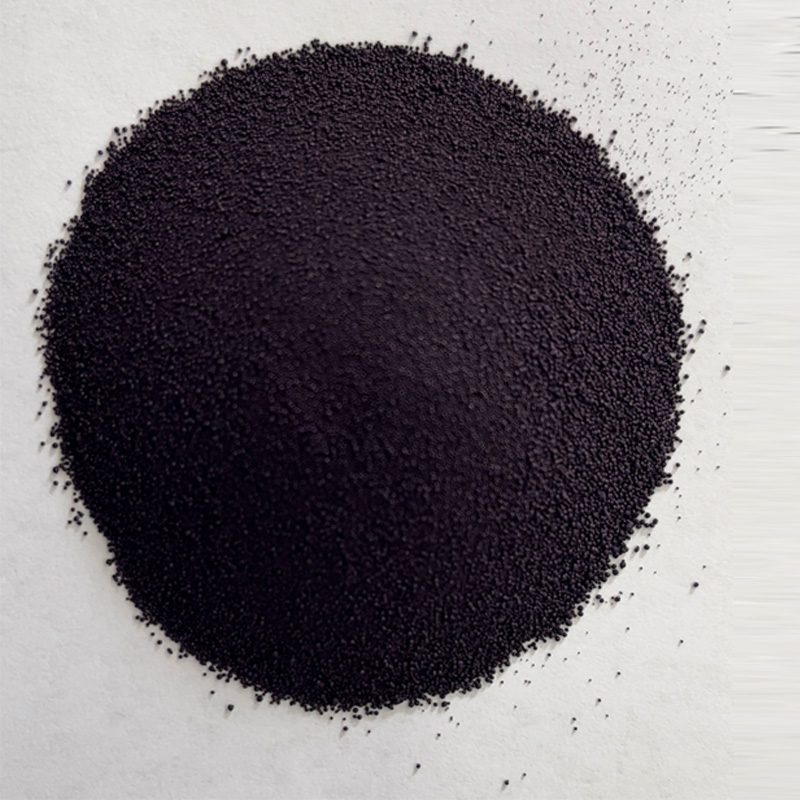famous true indigo dye
The Allure of True Indigo Dye A Deep Dive into Its History, Production, and Cultural Significance
Indigo dye, often hailed as one of the most captivating natural colors in the world, has a history that dates back thousands of years. Among its various forms, true indigo dye, derived from the plant Indigofera tinctoria, stands out for its rich hue and historical significance in various cultures across the globe.
The journey of indigo dye begins in the fields where the indigo plant is cultivated. Predominantly grown in tropical and subtropical regions, the plant thrives in areas with sufficient moisture and sunlight. The dye is extracted from the leaves of the plant through a fermentation process. Farmers typically harvest the leaves, then soak them in water, allowing a fermentation process to begin. This involves the breakdown of the plant's cellular structure, which releases indican, a compound that, when exposed to air, turns into the vibrant blue dye we know and love. This natural process results in a remarkable, deep blue color that has been treasured for centuries.
The Allure of True Indigo Dye A Deep Dive into Its History, Production, and Cultural Significance
In the 18th century, the demand for indigo surged, particularly in Europe, where it became a fashionable dye for textiles. This demand led to the establishment of indigo plantations in the Americas, particularly in the southern United States and the Caribbean. However, the cultivation of indigo was often entwined with the dark history of slavery, as enslaved people were forced to labor on these plantations, which generated immense wealth for plantation owners and contributed to the transatlantic slave trade.
famous true indigo dye

Despite the advent of synthetic dyes in the 19th century, true indigo dye continues to hold a special place in the world of textiles and fashion. Many artisans and designers today are revisiting traditional dyeing techniques, embracing indigo's organic nature and sustainability. Modern consumers are increasingly drawn to eco-friendly products, making true indigo a popular choice for those seeking authentic, natural dyes.
Moreover, indigo dye has found its way into contemporary culture, influencing fashion trends and art. It is a staple in denim production, with indigo being the dye of choice for blue jeans, a garment that has become a global icon of style. Artists and designers celebrate the imperfections and unique variations that natural indigo dyeing produces, reflecting a broader shift towards authenticity and craftsmanship in an age of mass production.
Culturally, true indigo dye embodies a rich tapestry of history, artistic expression, and community practices. In regions where indigo dyeing is practiced, traditional methods are often passed down through generations, fostering a sense of identity and pride among artisans. Festivals celebrating indigo culture and workshops aim to educate younger generations about this invaluable heritage.
In conclusion, true indigo dye is not merely a color but a symbol of cultural significance, history, and resilience. As we continue to honor and explore this ancient craft, we celebrate the narratives woven into every piece dyed in its enchanting hue. From its roots in ancient civilizations to its contemporary resurgence, true indigo remains a timeless treasure, connecting us to our past while influencing our present and future.
-
The Timeless Art of Denim Indigo Dye
NewsJul.01,2025
-
The Rise of Sulfur Dyed Denim
NewsJul.01,2025
-
The Rich Revival of the Best Indigo Dye
NewsJul.01,2025
-
The Enduring Strength of Sulphur Black
NewsJul.01,2025
-
The Ancient Art of Chinese Indigo Dye
NewsJul.01,2025
-
Industry Power of Indigo
NewsJul.01,2025
-
Black Sulfur is Leading the Next Wave
NewsJul.01,2025

Sulphur Black
1.Name: sulphur black; Sulfur Black; Sulphur Black 1;
2.Structure formula:
3.Molecule formula: C6H4N2O5
4.CAS No.: 1326-82-5
5.HS code: 32041911
6.Product specification:Appearance:black phosphorus flakes; black liquid

Bromo Indigo; Vat Bromo-Indigo; C.I.Vat Blue 5
1.Name: Bromo indigo; Vat bromo-indigo; C.I.Vat blue 5;
2.Structure formula:
3.Molecule formula: C16H6Br4N2O2
4.CAS No.: 2475-31-2
5.HS code: 3204151000 6.Major usage and instruction: Be mainly used to dye cotton fabrics.

Indigo Blue Vat Blue
1.Name: indigo blue,vat blue 1,
2.Structure formula:
3.Molecule formula: C16H10N2O2
4.. CAS No.: 482-89-3
5.Molecule weight: 262.62
6.HS code: 3204151000
7.Major usage and instruction: Be mainly used to dye cotton fabrics.

